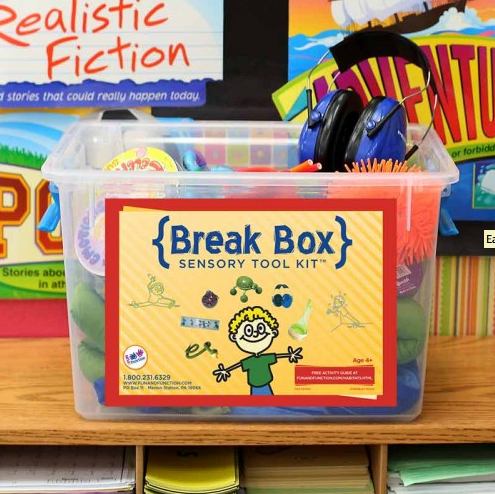Calming toys for special needs children
No doubt that as a parent of a child with ASD, you have witnessed your fair share of meltdowns. Other people who are not aware of your child’s diagnosis might accuse you of bad parenting or that your child is a spoiled brat. What they fail to understand is that your child is currently overstimulated, and needs to be soothed but not coddled.
Mental health therapists who meet with higher-functioning kids on the spectrum often suggest a soothing kit. Usually within the first two or three meetings, kids discuss with their therapists the different things they find comforting. Some kids like really soft objects to brush up against their skin, while other kids really love fidgets, a type of toy that lets them putz and explore but still helps them focus.
Using a rundown of sensory experiences, your child’s therapist will come up with different things you can put into a soothing kit for him or her. There should be at least two different objects for each sense in the kit, e.g., two objects for touch, two for sound, two for smell, etc. The only sense you might want to avoid is taste, because you will have to replace it far too frequently. Many kids on the spectrum already stick everything in their mouths for oral stimulation, so actual edibles in the soothing kit is discouraged. It is also discouraged because you do not want your child to learn that eating is a healthy way to soothe one’s feelings when it is not.
The other thing you want to keep in mind is that not all children on the spectrum will appreciate soothing items for sound or light, but if your child naturally gravitates towards certain objects and finds them comforting, in the kit they go. Because of their high distractibility, kids with ASD will move out of meltdown mode if given something pleasing and soothing to their currently raw nerves.
Special needs retailers, such as Fun and Function, sell a wide variety of sensory soothing kits and items small enough to throw into a Rubbermaid tote to create a kit. It can be a real trial and error process, especially if you do not have anything at home that your child already responds to positively. Whenever possible, take your child to an educational toy store and head for the special needs toy aisles. Being able to touch and play with fidgets and sensory toys helps your child have a say in what goes into the kit, even if he or she is non-verbal. Once you have a well-stocked kit, keep it close by at all times. If you want to travel with it, then putting your son’s or daughter’s favorite soothing items in a backpack will ensure a more peaceful trip for all.
Read this,
“Is Lumosity worth it for my autistic child?“
“Best educational toys for autistic child“
